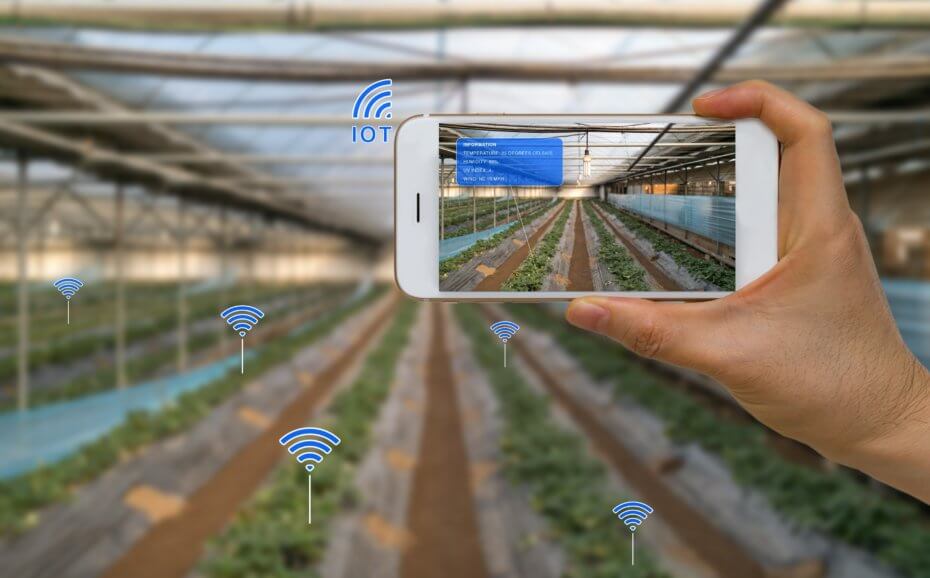
Major changes are coming to the ag and food sector. The market demands it. 7.5 billion people need to eat, after all. We are seeing two core areas of innovation in the ag sector:
1. Technology is changing the way growers access and disseminate information. Consider innovations like remote sensing by established player Planet Labs or startup SaraniaSat that give growers virtual “eyes in the sky,” helping them track their crops’ growth and overall health. Genomics and plant sciences, seed tech, biologicals for crop protection and regulation, digital Ag (application of data and predictive analytics to precision Ag) and novel farm systems, are also transforming agricultural practices — from the moment a seed is placed in the ground to the moment a consumer picks up a product from the retail shelf.
2. Consumers and retailers are demanding more transparency about where their food comes from, how it is produced, how healthy it is, and how its production impacts the environment. Growers and manufacturers must work to meet these transparency demands, all while doing more with less.
Even with the downturn in 2016, AgTech has emerged as a full-fledged asset class. Overall deal activity spiked to the highest numbers to date with 580 deals closed and $3.23 billion invested. Seed stage deals were particularly strong in 2016, accounting for 57 percent of total deal activity — representing a 16 percent year-over-year increase and $230 million of investment, up 77 percent from 2015. According to the 2016 AgTech Investing Report, this growth is largely attributable to the growing number of resources available to early stage startups.
But while Millenials are starting software companies in their bedrooms and seeing $1 billion valuations within a few years, we still haven’t seen a single AgTech unicorn. Given the need to double food production by 2050, we can expect to see AgTech continue to grow as an investment target. But how big can an AgTech player get? Will we ever see a unicorn?
Why the Silicon Valley software model doesn’t work for AgTech
The comparison between the Silicon Valley unicorns and the AgTech model shows us why we’re AgTech isn’t adapting to the software model of business growth:
First and foremost, it’s about speed. Think of a typical software startup demo-ing its product. The team might get 30 minutes to demonstrate value during an office visit. However, to prove an agricultural innovation’s worth, an AgTech startup has to conduct a field trial — in an actual field! For most crops, growing cycles are limited to once a year, with plants taking three to four months to fully develop. It’s quite literally like…

